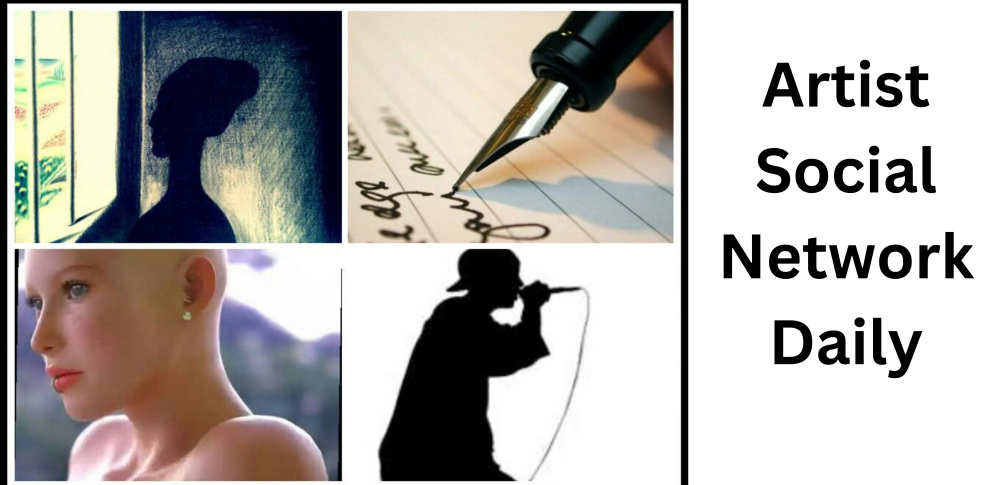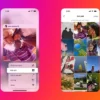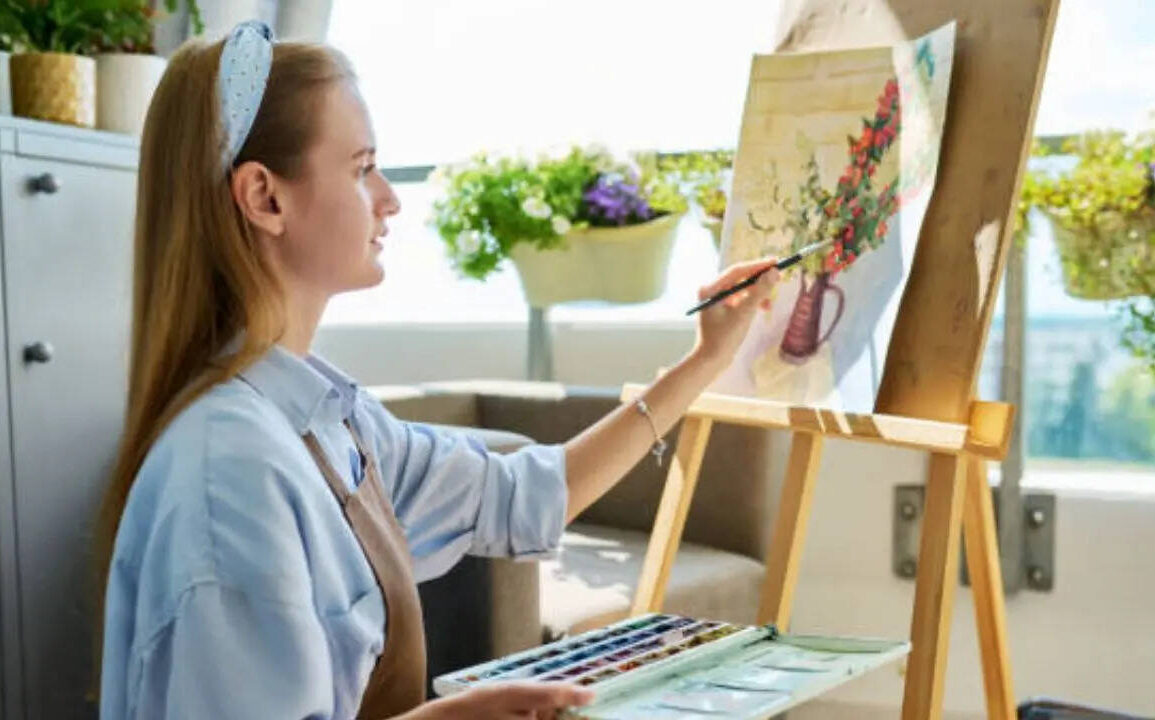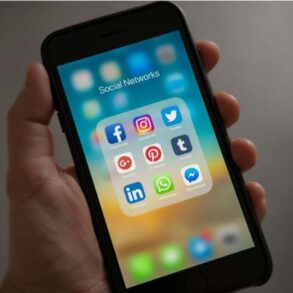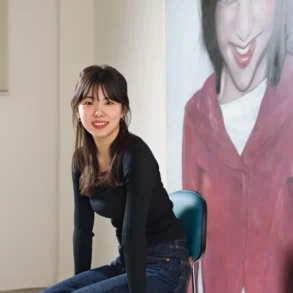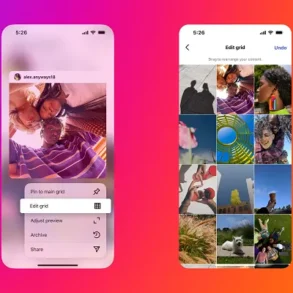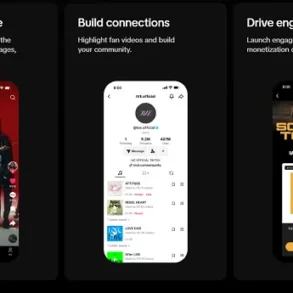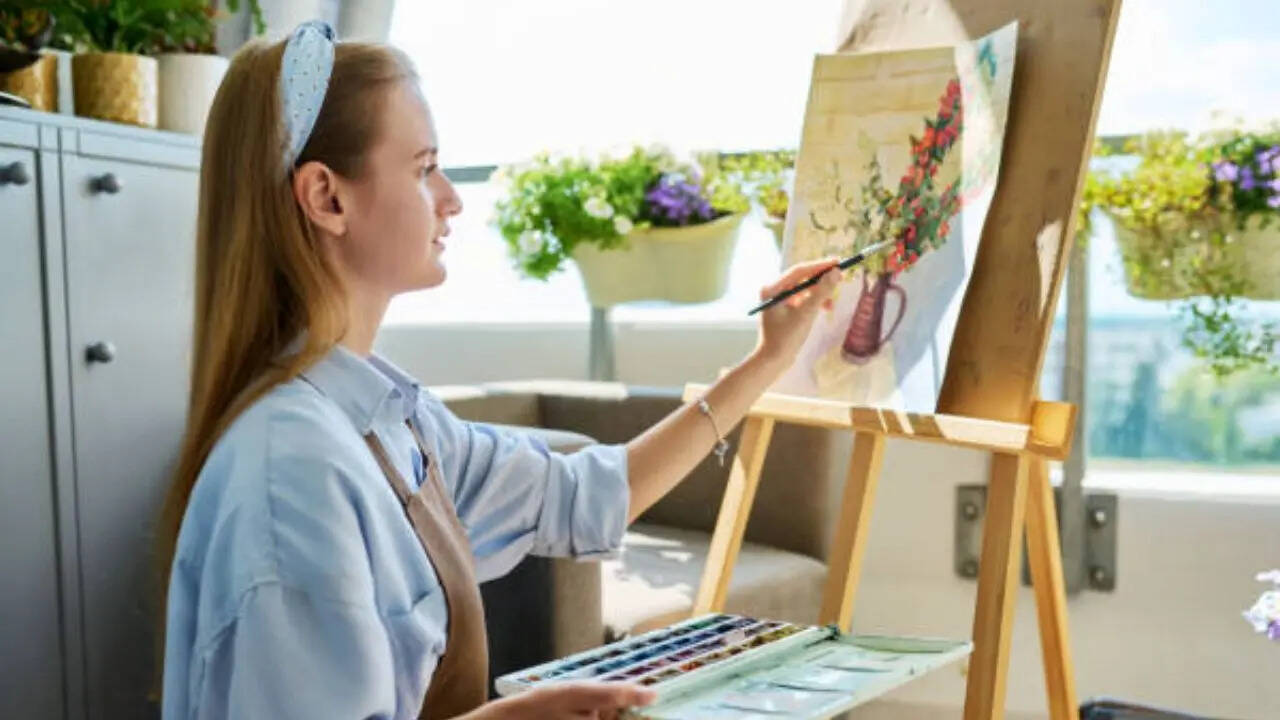
Social Media Is Making Teens Anxious—Here’s How Art Therapy Helps Them Cope (Image Credits: iStock)
The Impact of Social Media on Teen Mental Health
Recent studies have explained the profound effects of social media on teenagers. According to the Pew Research Center’s “Teens, Social Media and Technology 2024” report, nearly half of U.S. teens (46 per cent) report being online almost constantly, a significant increase from previous years. This surge in online presence correlates with heightened feelings of anxiety and depression. Specifically, adolescents spending more than three hours daily on social media face double the risk of experiencing mental health issues, including symptoms of depression and anxiety, as noted by the U.S. Department of Health and Human Services. The pressure to curate a perfect online persona, coupled with the fear of missing out (FOMO), can increase feelings of inadequacy and isolation among teens.
What Is Art Therapy?
Art therapy is a therapeutic technique that utilizes the creative process of making art to improve mental health and well-being. Facilitated by professional art therapists, it allows people to express their thoughts and emotions non-verbally, facilitating self-exploration and understanding. According to the American Art Therapy Association, this form of therapy can decrease anxiety, enhance self-esteem, and foster emotional resilience.
- Emotional Expression: Art provides a safe space for teens to convey feelings they might find difficult to articulate verbally, aiding in the processing of complex emotions.
- Stress Reduction: Engaging in creative activities has a calming effect, helping to lower stress and anxiety levels. A study published in the Journal of the American Art Therapy Association found that 45 minutes of creative activity significantly reduced cortisol levels, a marker of stress, in participants.
- Enhanced Self-Esteem: Completing art projects can instil a sense of accomplishment, boosting confidence and self-worth. The American Art Therapy Association notes that art therapy fosters self-esteem and self-awareness.
- Improved Social Skills: Group art therapy sessions encourage collaboration and communication, fostering a sense of community and belonging. Research from Lesley University’s “Unified Co-Op Art: Empowerment and Collaboration through Group Art Therapy and a Community Engagement Art Show” highlights how group art therapy can enhance peer relations among students.
Implementing Art Therapy in the Digital Era
Adding art therapy into the lives of tech-savvy teens requires innovative approaches:
- Digital Art Platforms: Utilizing apps and software that allow for digital creation can make art therapy more accessible and appealing to teenagers accustomed to digital interfaces.
- Hybrid Sessions: Combining in-person and virtual art therapy sessions can provide flexibility, accommodating varying schedules and comfort levels.
- Incorporating Social Media: Encouraging teens to share their artwork on social media can transform these platforms into spaces of positive reinforcement and self-expression, countering negative online experiences.
This post was originally published on this site be sure to check out more of their content
